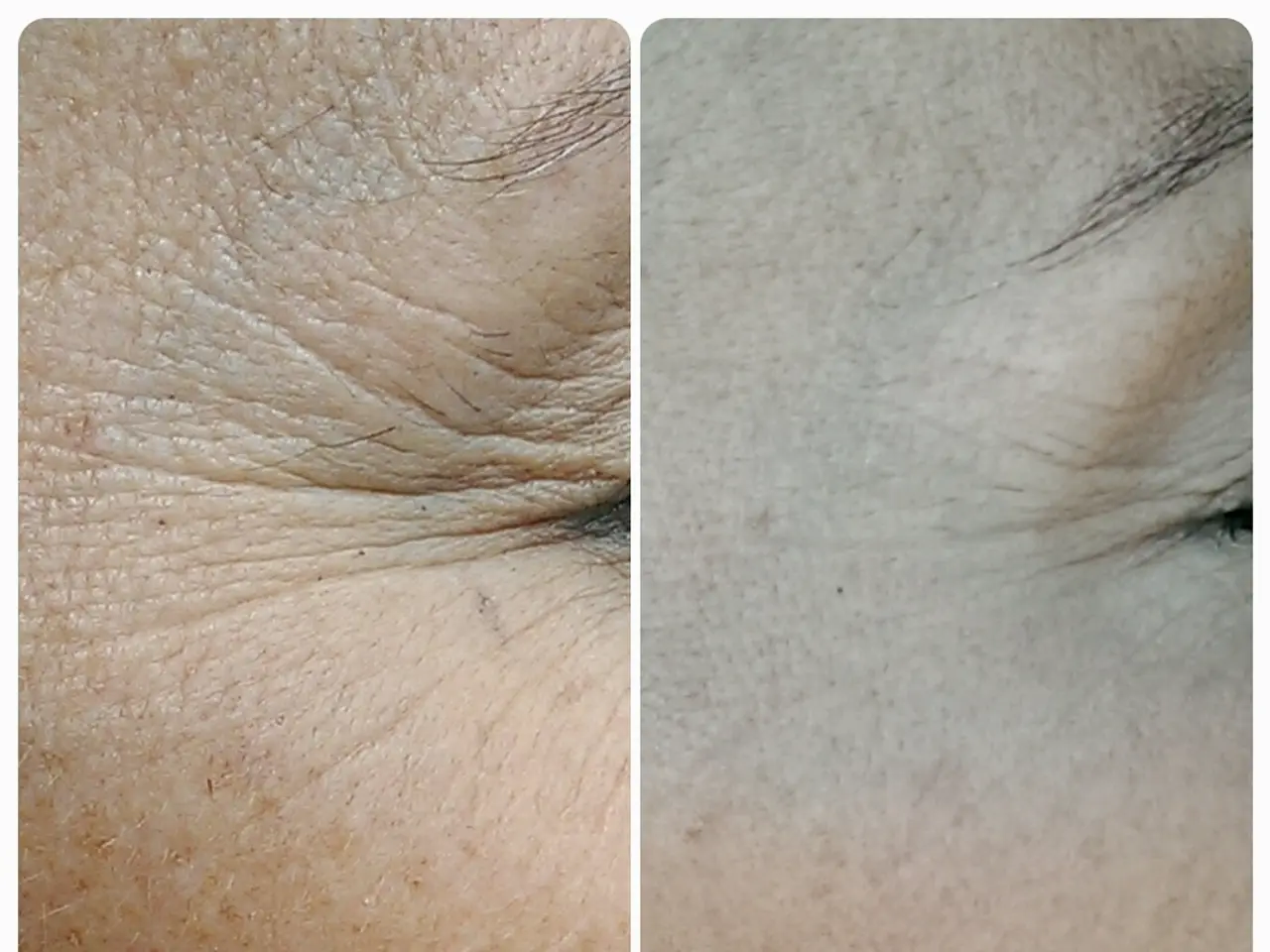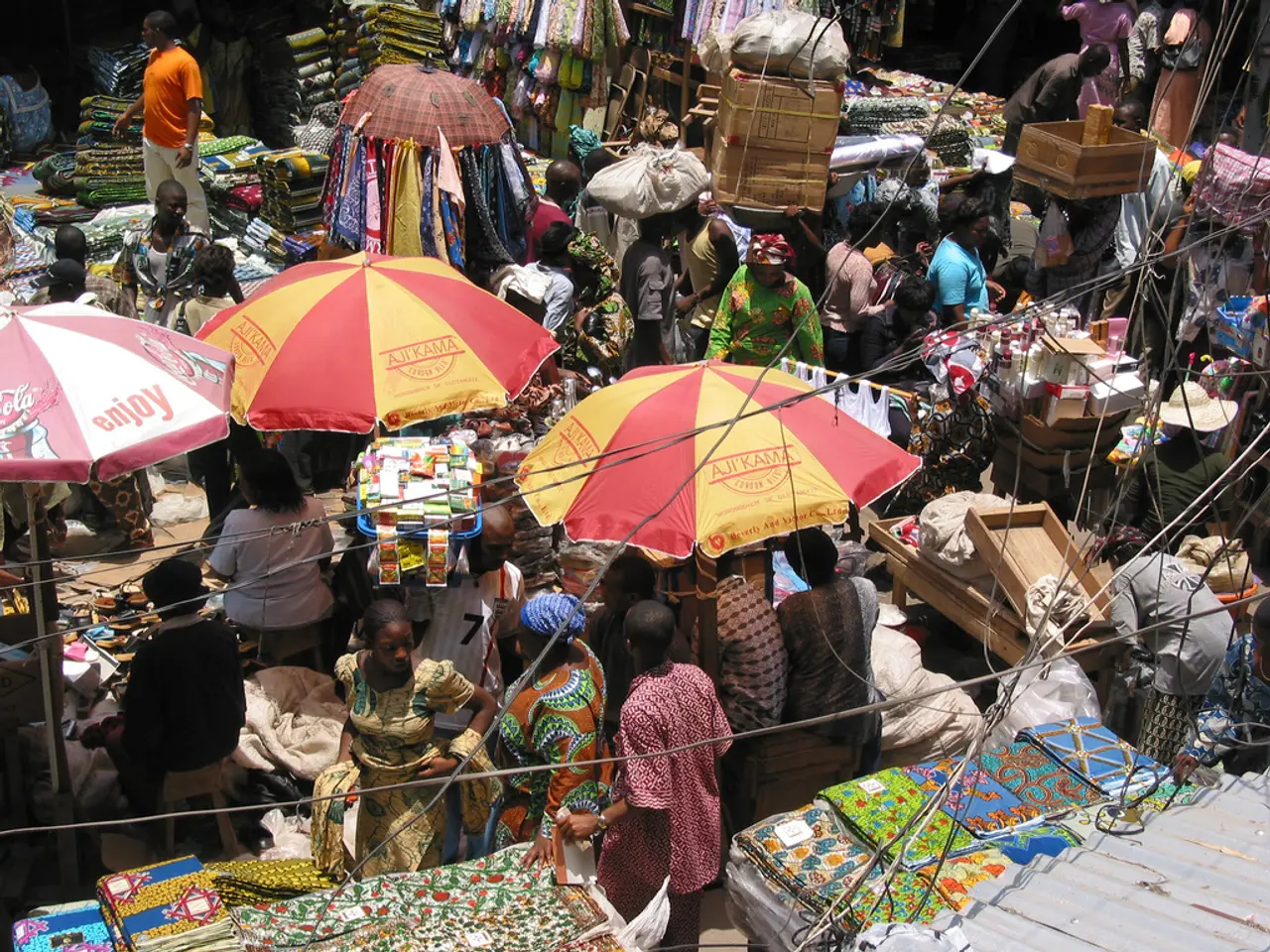Exploring the Economic Factors in CS2 Skin Valuation
=======================================================================================
The CS:GO skin market, a thriving virtual economy, is a complex yet dynamic ecosystem that requires analysis and trend-following for profitable trading. With thousands of transactions taking place daily, it serves as a platform for self-expression, collection, and investment.
Scarcity plays a central role in the CS:GO skin market. Skins and cases that are no longer available through regular gameplay drops, such as older weapon cases or discontinued collections, become rare commodities, naturally pushing up their market value due to limited supply. Highly sought-after skins like the AWP | Dragon Lore or M9 Bayonet | Doppler can command prices in the thousands or even tens of thousands of dollars due to their desirability among players and collectors.
Demand for a CS:GO skin is influenced by various factors such as its popularity among professional players, streamers, bloggers, visual appeal, rarity, belonging to a rare collection, and presence of rare patterns. For instance, new visual improvements in CS:GO have attracted renewed attention, driving the prices of popular skins higher post-release.
Trading platforms like the Steam Community Market and third-party sites reflect these supply-demand shifts in real time, resulting in price volatility. As more players enter the game and investors see skins as digital assets with potential returns, the volume of transactions and overall market value have grown substantially, exceeding $4.3 billion in 2024 with expectations to surpass $2 billion in 2025.
The "float value" — a measure of a skin's wear condition — also affects pricing since skins in better condition are generally rarer and more coveted, adding another supply-demand layer within individual skin tiers.
In the CS:GO skin market, being both a player and an analyst can lead to successful trading decisions. However, players can make mistakes due to ignorance or inexperience, such as following the hype, not understanding market dynamics, and not considering the factors affecting demand and supply. Ignoring the hype and following the trend of a skin can lead to a sudden drop in its value after the hype subsides. Lack of price chart analysis can lead to erroneous trading decisions. Emotional decisions during price fluctuations can negatively impact potential profits.
To increase the chances of making profitable trading decisions, using analytical tools can be beneficial. Understanding the principles of supply and demand is crucial for successful trading and investing in the CS:GO market. The price of a CS:GO skin can change rapidly due to updates from game developers, e-sports events, seasonality and holidays, changes in the economy, and player behavior.
The CS:GO skin market is a highly dynamic system, with prices being affected by various factors. Using third-party platforms for skin transactions can result in lower commissions compared to Steam. Selling skins during a short-term price drop can lead to a potential loss of profit. Being aware of these factors and making informed decisions can help players navigate the CS:GO skin market effectively.
- Gaming technology, like the visual improvements in CS:GO, can drive the prices of popular skins higher post-release, creating a surge in demand.
- The CS:GO skin market, a result of technology's impact on gaming and self-expression, exhibits volatile prices due to supply and demand dynamics, making informed trading decisions crucial for profit.




